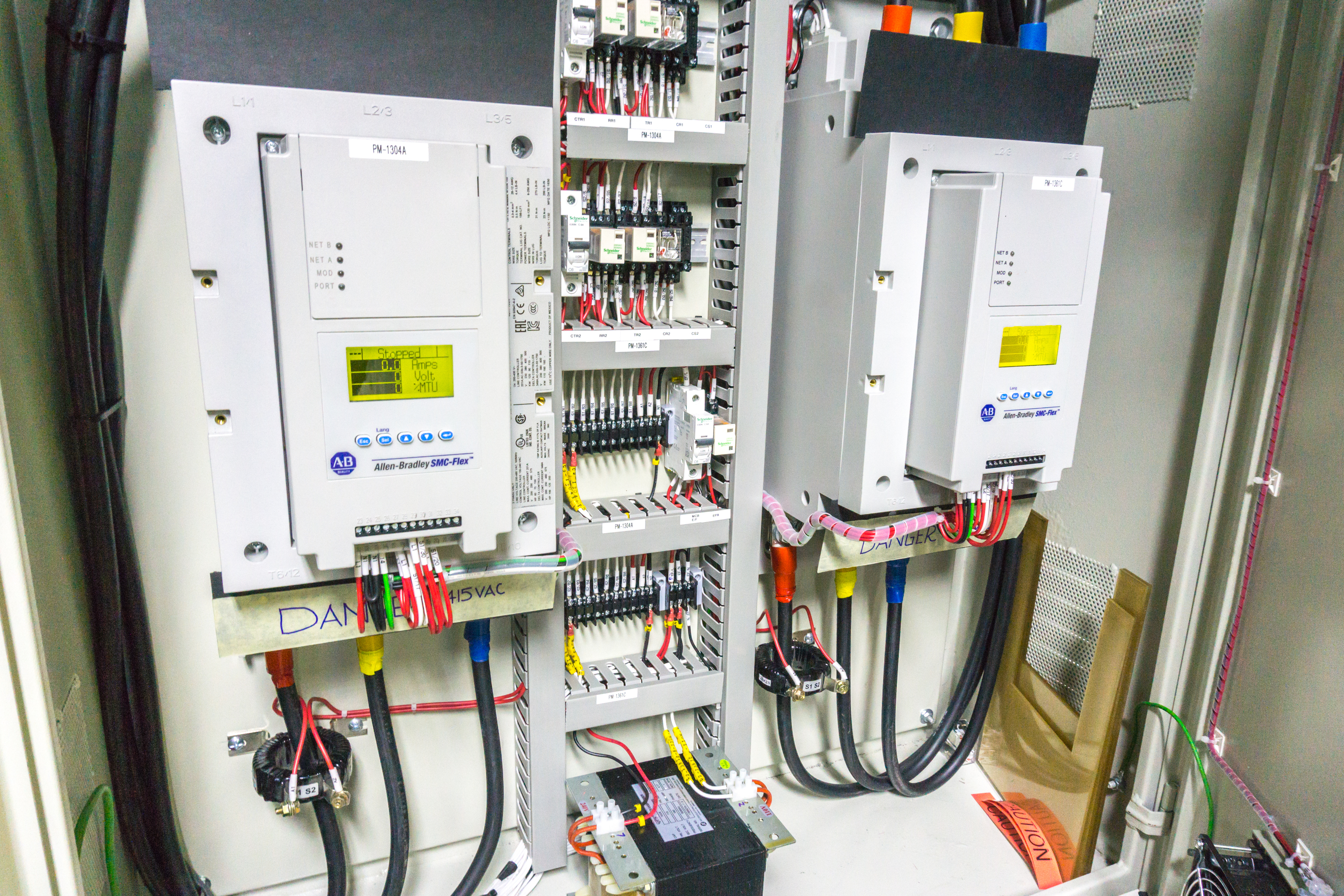fastline
Senior Member
- Location
- midwest usa
- Occupation
- Engineer
Dealing with a limited power situation in which the continuous current on these 1P motors is not an issue, but the inrush hit is. I have seen a few soft start products floating around but I want to know exactly what they are doing internally so I can ensure this is a real solution and not a "magic box".
I have seen a couple things out there that indicate they reduce the voltage, but if frequency remains the same, that will drop the start torque of the motor considerably and some of these loads are compressor loads.
I am hoping we can find a real solution here vs switching a few things to 3P motors and have to install VFDs just to get a reasonable soft start.
I have seen a couple things out there that indicate they reduce the voltage, but if frequency remains the same, that will drop the start torque of the motor considerably and some of these loads are compressor loads.
I am hoping we can find a real solution here vs switching a few things to 3P motors and have to install VFDs just to get a reasonable soft start.





